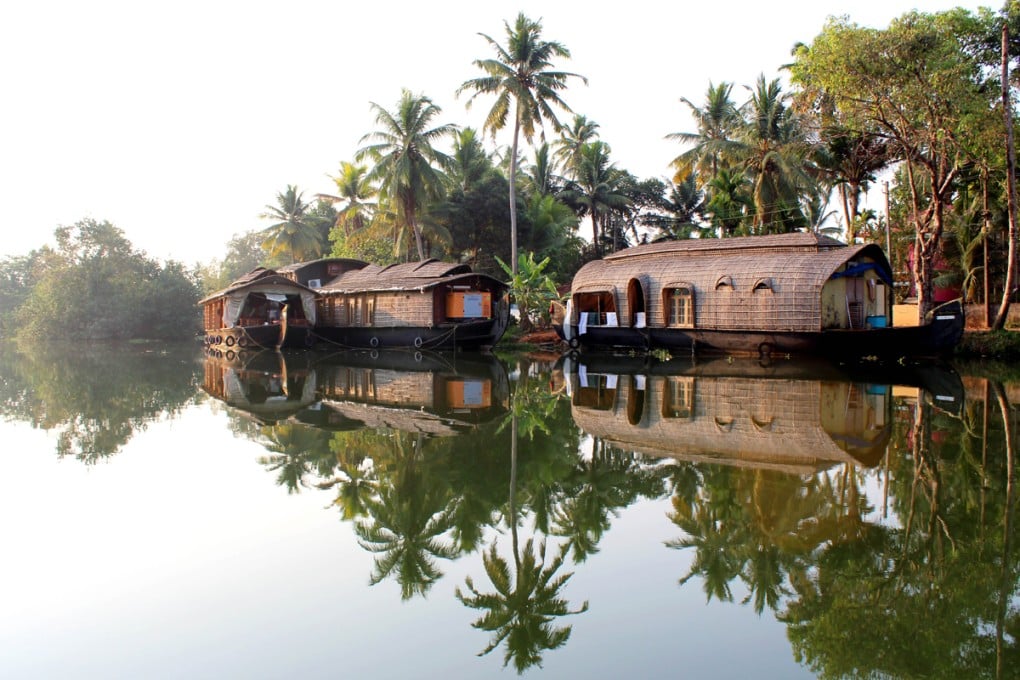India's 'pepper country', Kerala, keeps things spicy
Spices pervade all aspects of life in India's 'pepper country' Kerala, writes Graeme Green

On one plate is a local Pearl Spot freshwater fish, pan-fried. There are bowls and dishes of yogurt with coconut, pineapple and a little spicy heat; spinach with coconut and cumin seed; carrot and potato with cashew nut, cardamom and raw banana; nutty large-grain local rice; long beans chopped with chilli.
"Everything here comes from Kerala," says Prakash, the chef. "It's good to be a chef in Kerala."
We're floating down the Alleppey backwaters of the southern Indian region of Kerala on a thatched Ketavellum houseboat, eating lunch with a view of the river and surrounding countryside. Kerala is a vivid and green state in India that is fertile and abundant with spices, coconut and fish. Locals call it "God's own country" and the Lord, as the saying goes, provides.
He provides so much here that the region has been visited and fought over for more than 3,000 years by traders and colonial powers, including the Arabs, Chinese, Portuguese, Dutch, French and English. They came mainly for the spices, especially pepper.
In the historic town of Fort Kochi, where I start out, there are signs everywhere - in street names, people's names, food, buildings - of the region's mixed heritage. I stay at the Brunton Boatyard, on the edge of Lake Vembanad, just down from where fishermen work on large fishing contraptions - a system of weights (rocks on ropes) to haul up a large net. It's a traditional technique introduced here either by the Portuguese or the Chinese, depending on who you talk to.
Walking around the old town and Mattancherry, I pass a Dutch cemetery, a Syrian Christian church, a synagogue, a mosque and old colonial houses. I stop in at Saint Francis Church, the first European church built in India, which houses the body of Vasco da Gama, the Portuguese explorer who discovered the route from Africa to India, opening up India's precious spices to European traders.
